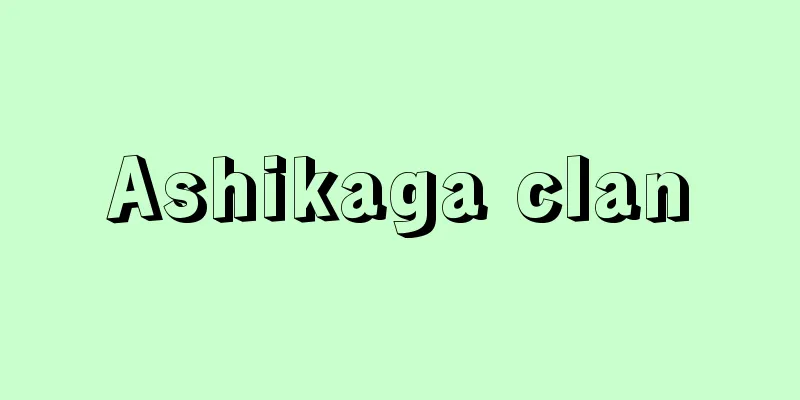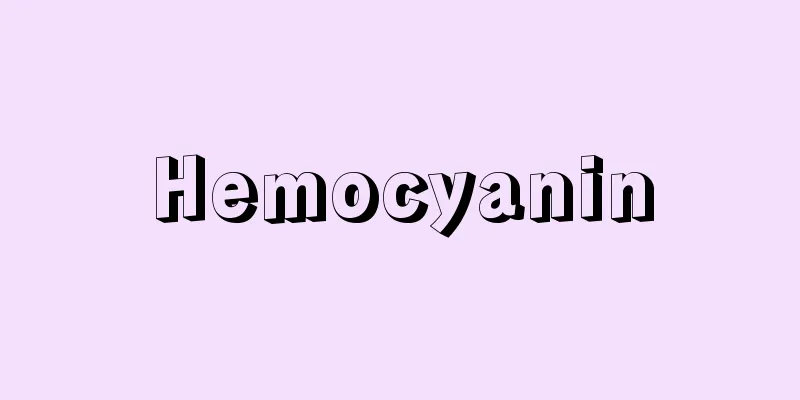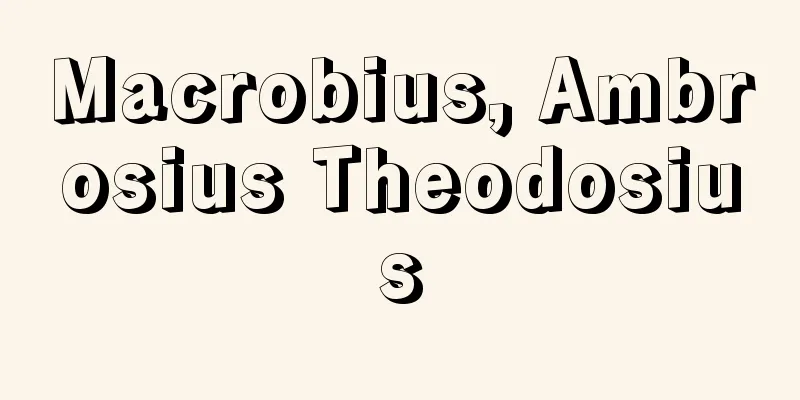Dip dyeing

|
It is also called immersion dyeing, dip dyeing, or bath dyeing. When dyeing threads or fabric, this refers to a method of dyeing by immersing the item in the dye solution, as opposed to pull dyeing or paint dyeing, in which the dye is applied with a brush, as in Yuzen dyeing and Komon dyeing, or rubbing dyeing, in which the dye is pressed or rubbed with a mold. Most yarn dyeing for textiles is done using this method. The most common dyeing method is a hot bath, in which the dye is boiled or immersed in a solution in which hot water has been poured over the fabric to extract the color, but some dyes, such as crimson dyeing, use a dye solution in which the dye is not heated but is physically squeezed out in water. In addition, for dyes that do not absorb into the fabric by themselves, mordants such as iron salts, tannins, and aluminum salts are used, but there are cases where these are soaked into the fabric before it is immersed in the dye solution, and cases where they are applied after the fabric is immersed in the dye, the former being called pre-mordant and the latter after mordant. Auxiliaries (acids, alkalis, etc.) that make it easier for the dye to dissolve and improve color development are often added to the dye solution. In order to achieve the desired dye color, natural dyes cannot be mixed in advance like chemical dyes, so each color is layered several times. During this process, in the case of pattern dyeing, several colors can be dyed separately by adding or removing dye-resistant methods such as shibori, glue, and wax as appropriate. In the case of board dyeing, chusen (pouring dyeing) is often used, in which the board clamped around the item to be dyed is poured over the dye liquid instead of being immersed in the liquid, and this should also be classified as a dip dyeing method in the sense of dip dyeing as opposed to paint dyeing. [Yamabe Tomoyuki] Source: Shogakukan Encyclopedia Nipponica About Encyclopedia Nipponica Information | Legend |
|
浸(ひた)し染め、漬け染め、浴染(よくせん)ともいう。糸や布帛(ふはく)を染めるときに、友禅染めや小紋染めなどのように、染料を刷毛(はけ)で塗る引き染めや塗り染め、型で押したり擦り込んだりする擦り染めなどに対して、染液の中に被染物を浸して染める方法をいう。織物のための糸染めは、ほとんどこの方法によって行われる。染め方は、染料を煮出し、または熱湯をかけて色素を浸出した液に漬ける温浴が多いが、染料によっては、たとえば紅(べに)染めのように、加熱しないで、水の中で物理的に染料をもみ出した染液を用いる場合とがある。また染料そのものがそのままでは被染物に染着しないものには、鉄塩タンニン、アルミニウム塩などの媒染剤を用いるが、染液に漬ける前に、被染物にこれを浸透させておく場合と、染料に浸してのちにこれを施す場合とがあり、前者を先媒染(さきばいせん)、後者を後(あと)媒染という。染料の溶解を容易にし、また発色をよくするための助剤(酸、アルカリなど)は、多く染液に加えて用いられる。 所望の染め色をつくるためには、化学染料のように、あらかじめ染料を混ぜ合わせることのできない天然染料では、1色ずつ何度か重ね染めを行う。この過程で、模様染めの場合、絞り、糊(のり)、ろうなどの防染法を適宜加除することによって数色に染め分けることも行われる。板締め染めの場合、被染物を挟んで締めた型板を染め液に浸けるかわりにこれに液を注ぎかける注染(ちゅうせん)(注ぎ染め)が行われることが多いが、これも塗り染めに対する浸し染めという意味では、浸染法に入るべきものであろう。 [山辺知行] 出典 小学館 日本大百科全書(ニッポニカ)日本大百科全書(ニッポニカ)について 情報 | 凡例 |
Recommend
Hermit - inshuushi (English spelling) eremita [Latin]
A monk who lives a solitary life and seeks union w...
Collection of Spirits - Shouryoushu
A collection of Chinese poetry and prose from the...
Sexual belief
A Shingon Buddhist monk in the late Heian period....
ADCC
antibody-dependent cell-mediated cytotoxicity, ant...
Tadamasa Taira
Year of death: July 28, 1156 (August 15, 1156) Yea...
Coronary vasodilators - coronary vasodilators
These drugs expand the coronary arteries of the h...
Stapler - stirrup
… The structure of the jawbone of reptiles is bas...
Ezo wolf - Ezo wolf (English spelling)
An animal of the mammalian order Carnivora and fa...
National Research Institute of Police Science
A central research institute attached to the Nati...
Gukansho - Gukansho
This is a history book written in 1219 (Jokyu 1) ...
hot metal system
…Newspaper article Journalist [Production] Until ...
Clark, JM
…Bulgarian-born French economist. Famous for his ...
Mathis der Maler (English spelling)
... His life, which was shrouded in mystery even ...
Eugene Festival - Eugene Festival
…Something equivalent to this can be seen in the ...
Crocodile - Crocodile
A general term for the order Crocodilians of the c...









